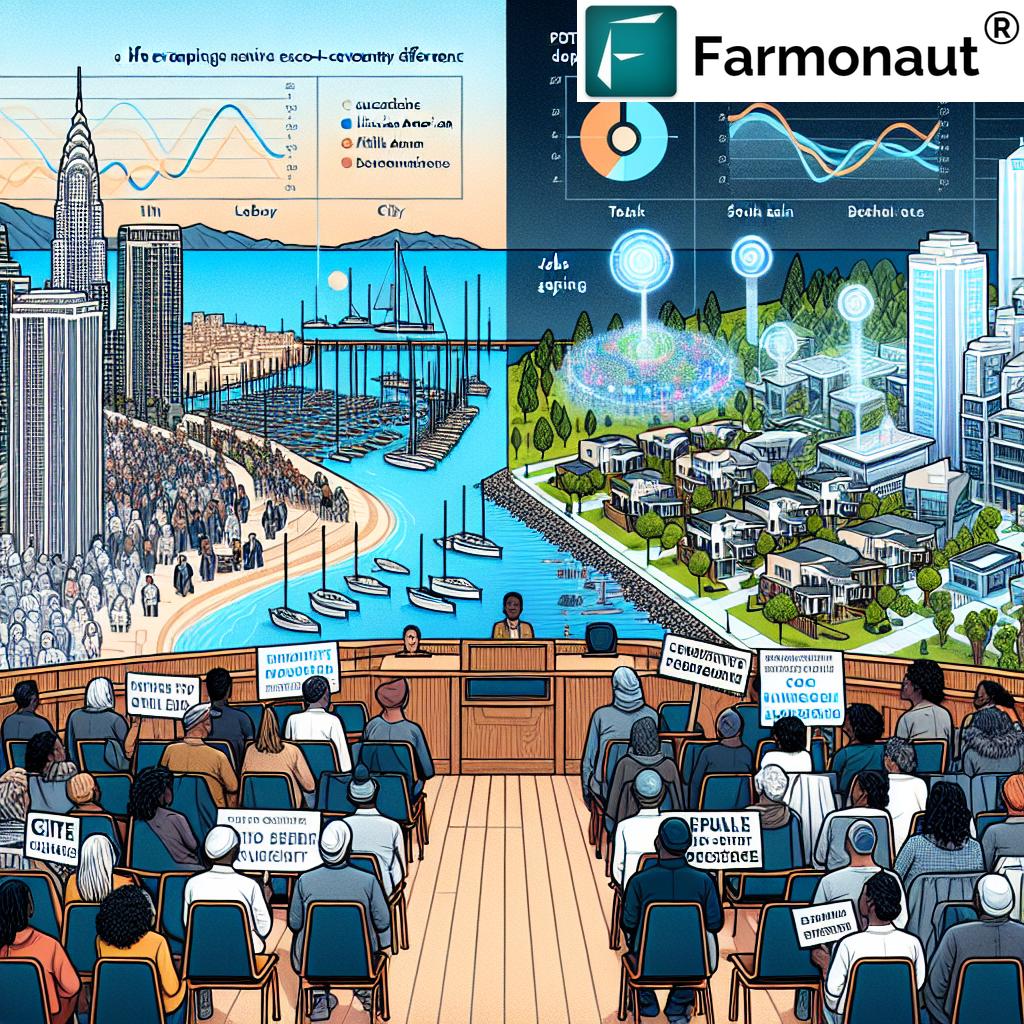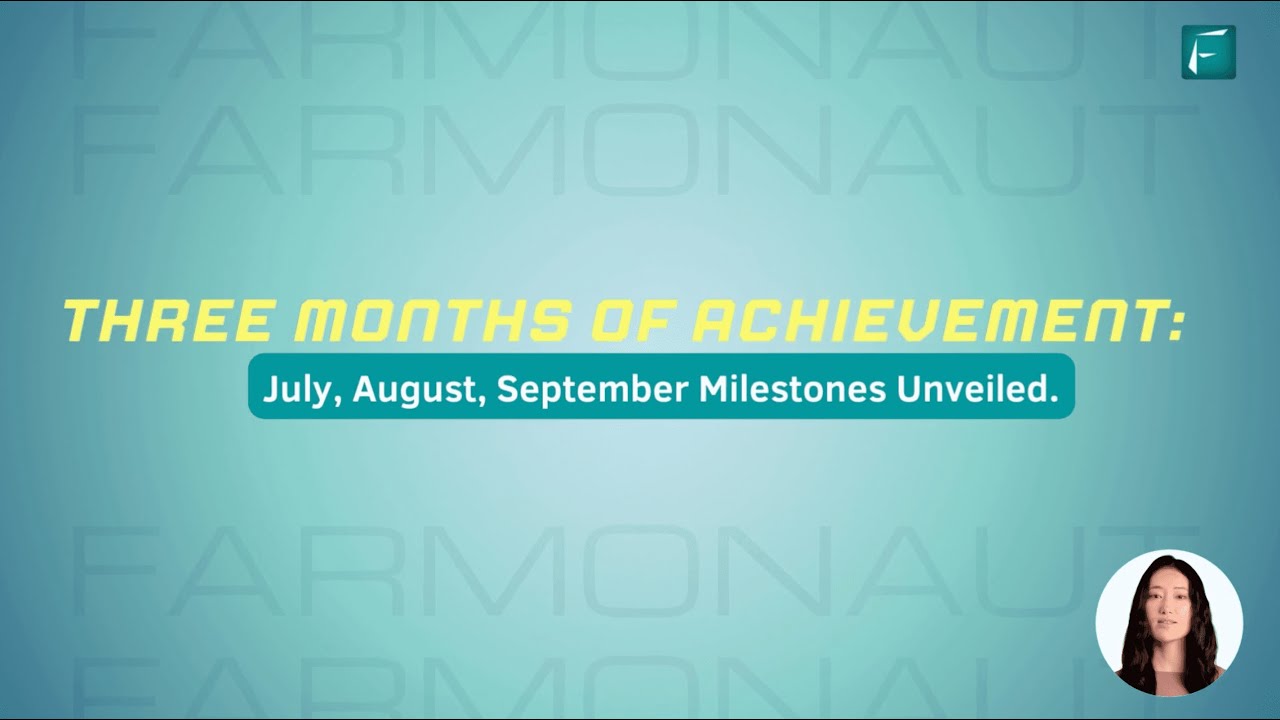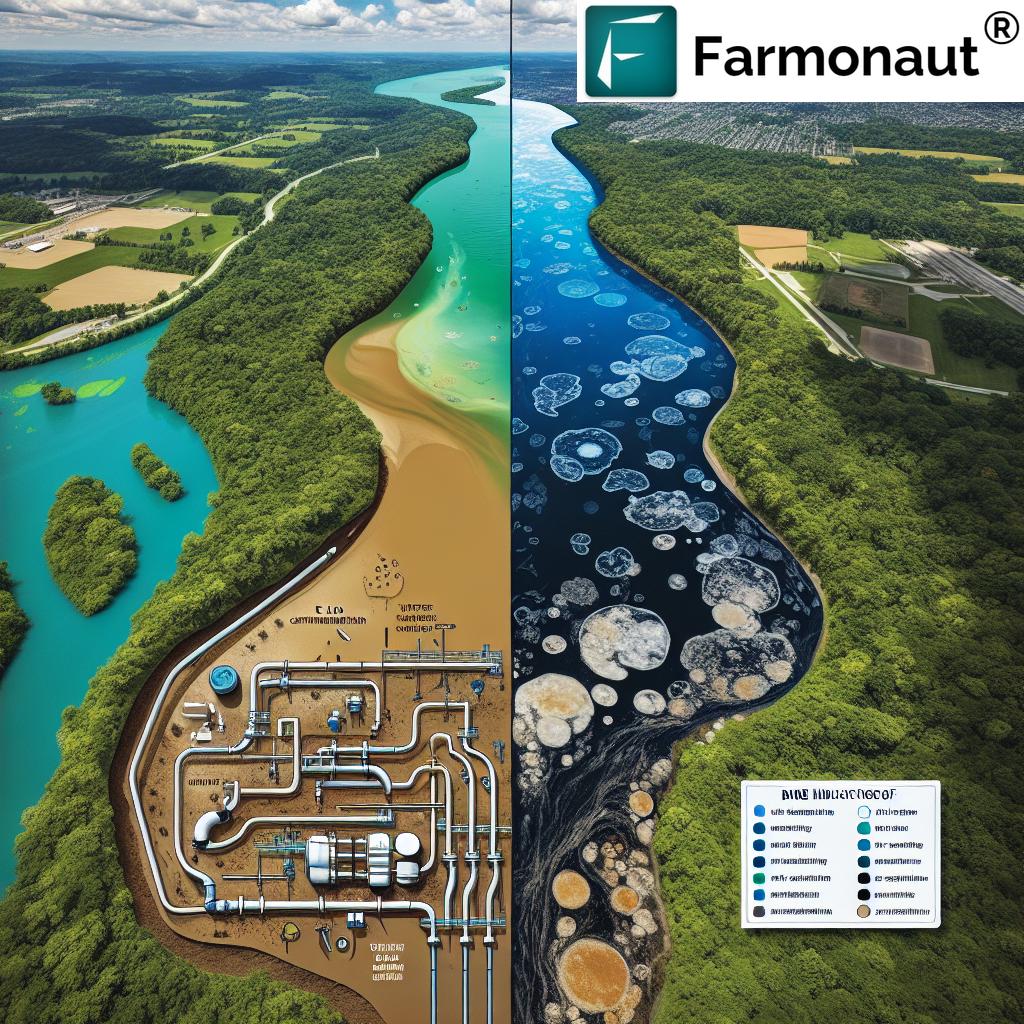Chicago’s Southeast Side Fights for Environmental Justice Amid Quantum Computing Development

“Chicago’s Southeast Side faces a 30-year life expectancy gap compared to other areas, highlighting severe health disparities.”
As we delve into the complex issue of South Chicago development and environmental remediation, we find ourselves at the crossroads of technological progress and community well-being. The proposed quantum computing project on Chicago’s Southeast Side has ignited a fierce debate, pitting promises of innovation and economic growth against concerns of environmental justice and displacement.
In this comprehensive analysis, we’ll explore the multifaceted challenges facing the Southeast Side community as they grapple with the implications of this massive development project. From the legacy of industrial pollution to the urgent need for affordable housing and job opportunities, we’ll examine how this quantum computing initiative intersects with long-standing issues of environmental and social justice in one of Chicago’s most vulnerable neighborhoods.
The Legacy of Steel and the Promise of Quantum
The former U.S. Steel South Works site, spanning 440 acres along Lake Michigan, stands as a testament to Chicago’s industrial past and a symbol of its potential future. Closed since 1992, this vast expanse of land has long been a source of both hope and concern for the surrounding community. Now, with the announcement of the Illinois Quantum and Microelectronics Park (IQMP), the site is poised for a dramatic transformation.
Led by PsiQuantum, a Palo Alto-based company, in collaboration with Related Midwest and supported by substantial state and federal funding, the IQMP aims to establish a world-class hub for quantum computing research and development. The project promises to bring cutting-edge technology, thousands of jobs, and billions of dollars in investment to an area that has struggled with disinvestment and environmental degradation for decades.
Community Concerns: Environmental Justice and Displacement
Despite the glittering promises of economic revitalization, many Southeast Side residents are wary of the project’s potential impacts on their community. Chief among their concerns are:
- Environmental Remediation: The site’s history as a steel mill raises serious questions about soil contamination and the potential release of toxic substances during construction.
- Displacement: Fears of gentrification and rising property values threaten to push out long-time residents who have weathered years of economic hardship.
- Job Accessibility: While the project promises employment opportunities, many worry that high-skill tech jobs will be out of reach for local residents.
- Health Disparities: The Southeast Side already faces significant health challenges, with a life expectancy gap of up to 30 years compared to more affluent areas of Chicago.
These concerns are not unfounded. The Southeast Side has long borne the brunt of industrial pollution and environmental injustice. As Isabela Jaimes of the Southeast Environmental Task Force passionately stated at a recent community meeting, “We are tired of false promises. We are tired of no written agreements, and we do not want to be poisoned and we do not want to be displaced.”
The Push for a Community Benefits Agreement
In response to these concerns, community organizations are calling for a legally binding Community Benefits Agreement (CBA) with the developers. A CBA would ensure that the project delivers tangible benefits to the existing community, including:
- Guaranteed local hiring and job training programs
- Investments in affordable housing to prevent displacement
- Commitments to thorough environmental remediation and ongoing monitoring
- Funding for local schools and community programs
- Measures to mitigate increases in property taxes and utility costs
However, IQMP representatives have been reluctant to commit to a formal CBA, citing ongoing community engagement efforts and promises of future benefits. This stance has only fueled skepticism among residents who have seen similar promises go unfulfilled in the past.
Environmental Remediation: A Critical Concern
The issue of environmental remediation lies at the heart of the community’s concerns. The U.S. Steel site’s industrial legacy has left behind a toxic cocktail of contaminants, including lead, cadmium, mercury, and cyanide. While the Illinois Environmental Protection Agency (IEPA) has conducted remediation efforts and issued “No Further Remediation” letters for parts of the site, many residents remain unconvinced that the land is safe for development.
Anne Holcomb, a local activist, points out potential flaws in the IEPA’s testing methodology: “We know that it’s not homogenous. We know from steelworkers, anecdotally, that there was illegal dumping done as the [plant] closed down in segments.”
The developers have promised to enroll the entire property in a voluntary site remediation program, but without a legally binding agreement, residents fear that corners may be cut in the rush to begin construction.
The Health Toll of Environmental Injustice
The Southeast Side’s history of industrial pollution has exacted a heavy toll on residents’ health. The stark life expectancy gap between Chicago’s neighborhoods – up to 30 years – underscores the profound impact of environmental and social factors on community well-being.
Charity Escobedo, a 20-year-old South Chicago native studying environmental science, has witnessed the health impacts firsthand: “As I got older, I got very curious about what is in the land. That’s when I made the connection … that this has to have a direct correlation with the health state of the people that live on the South Side.”
The proposed quantum computing project raises concerns about potential new sources of pollution, from construction dust to increased energy consumption. Without robust safeguards and community oversight, residents fear that the development could exacerbate existing health disparities.

Jobs and Economic Opportunity: Promise vs. Reality
The promise of job creation is a central pillar of the IQMP project’s appeal. Related Midwest projects 20,000 jobs in the next six years, a tantalizing prospect for a community grappling with high unemployment rates. However, the nature and accessibility of these jobs remain a point of contention.
Dr. Harley Johnson, CEO of IQMP, acknowledges the range of potential employment opportunities: “We think especially on the algorithm side, that’s where we’re going to see a lot of jobs over time in this industry, and they won’t all be at the IQMP park. Companies who want to adopt quantum computing … need to have people who know how to program these computers.”
While this suggests a diverse array of job opportunities, from construction to high-level research positions, many residents are skeptical about their ability to access these jobs without significant investments in education and training programs.
The Specter of Displacement
“The proposed quantum computing project in South Chicago has sparked debates over its impact on affordable housing for 100,000+ residents.”
As the project moves forward, the threat of displacement looms large for many Southeast Side residents. The influx of high-paying tech jobs and associated development could drive up property values and rents, potentially forcing out long-time community members.
Thomas Anderson, director of economic development at the mayor’s office, points to new city-supported housing projects in the area, which include about 180 units of affordable housing. However, community organizers like Isabela Jaimes argue that this is woefully inadequate given the scale of potential displacement.
The issue of affordable housing is closely tied to environmental justice concerns. As Amalia NietoGomez, executive director of Alliance of the Southeast, notes, “Folks are concerned about being displaced because of rising housing prices, rising rents, rising taxes but also rising rates for utilities.”
Energy Concerns and Climate Impact
The energy demands of quantum computing facilities raise additional environmental and economic concerns. While PsiQuantum has pledged to use 100% carbon-free electricity for its facility, questions remain about how this will be achieved and whether it will impact local utility rates.
The potential for increased energy costs is particularly worrying for low-income residents already struggling with high utility bills. This intersects with broader concerns about climate change and the need for sustainable development practices.
For communities like the Southeast Side, which are often on the front lines of climate change impacts, ensuring that new developments contribute to climate resilience rather than exacerbating vulnerabilities is crucial.
Community Engagement and Transparency
A recurring theme in the debate over the IQMP project is the need for meaningful community engagement and transparency. Many residents feel that the project has been rushed through without adequate consultation or consideration of local concerns.
Kori Robinson, a mother of two and member of Southside Together, expresses frustration with the lack of information: “From basically the time that I was born to now, that’s always been like, ‘this is contaminated land.’ That’s why we don’t get any developments on said land. Because of contamination.”
The speed of the project’s approval process – announced in July 2024 and slated for groundbreaking as early as April 2025 – has left many feeling blindsided and excluded from crucial decision-making processes.
The Path Forward: Balancing Progress and Community Needs
As the debate over the IQMP project continues, it’s clear that finding a balance between technological advancement and community well-being will be crucial. The Southeast Side’s fight for environmental justice and equitable development offers important lessons for urban planners, policymakers, and tech companies seeking to invest in historically marginalized communities.
Key considerations for moving forward include:
- Establishing a legally binding Community Benefits Agreement
- Implementing robust environmental remediation and monitoring programs
- Creating targeted job training and placement initiatives for local residents
- Developing comprehensive anti-displacement strategies
- Ensuring ongoing community involvement in project governance and decision-making
By addressing these concerns head-on, the IQMP project has the potential to become a model for responsible urban development that prioritizes both technological innovation and community well-being.
Conclusion: A Watershed Moment for Environmental Justice
The debate surrounding the Illinois Quantum and Microelectronics Park on Chicago’s Southeast Side represents a critical juncture in the ongoing struggle for environmental justice and equitable urban development. As communities across the nation grapple with similar challenges, the outcome of this project could set important precedents for how we balance technological progress with community needs and environmental sustainability.
For the residents of the Southeast Side, this is more than just a debate about a single development project. It’s a fight for their health, their homes, and their future. As Lucio Bitoy, a long-time resident, poignantly stated at a recent community meeting: “We have legitimate concerns. You’re looking at people that have lived their whole lives around here. … We only understand that that site has been underfunded and underutilized.”
As we move forward, it’s crucial that all stakeholders – from tech companies and developers to city officials and community organizations – work together to ensure that the benefits of innovation are shared equitably and that the burdens of development do not fall disproportionately on already marginalized communities.
The story of Chicago’s Southeast Side serves as a powerful reminder that true progress must be measured not just in technological advancements or economic growth, but in the improved health, well-being, and quality of life for all members of our communities.
FAQ Section
What is the Illinois Quantum and Microelectronics Park (IQMP)?
The IQMP is a proposed development project on Chicago’s Southeast Side that aims to create a hub for quantum computing research and development. It’s a collaboration between PsiQuantum, Related Midwest, and various state and federal partners.
What are the main concerns of Southeast Side residents regarding the IQMP project?
Key concerns include environmental contamination, potential displacement due to rising property values, access to jobs created by the project, and the impact on community health and well-being.
What is a Community Benefits Agreement (CBA)?
A CBA is a legally binding contract between developers and community organizations that ensures specific benefits to the local community from a development project. These can include job guarantees, affordable housing commitments, and environmental protections.
How does the IQMP project relate to environmental justice issues?
The project site has a history of industrial pollution, and residents are concerned about potential new environmental hazards. The development also raises questions about equitable access to economic opportunities and the fair distribution of environmental burdens.
What steps are being taken to address community concerns about the IQMP project?
While developers have promised community engagement and environmental remediation efforts, many residents are calling for more concrete commitments, including a legally binding CBA and more transparent decision-making processes.
As we reflect on the challenges facing Chicago’s Southeast Side, it’s clear that innovative solutions are needed to address complex environmental and social issues. While the debate over quantum computing development continues, it’s worth noting that other technological advancements are already making a difference in areas like agriculture and land management.
For instance, Farmonaut’s crop plantation and forest advisory services utilize satellite technology to help farmers and land managers make more informed decisions about resource allocation and environmental stewardship. By providing real-time data on crop health, soil moisture, and other critical factors, these tools can help promote more sustainable land use practices and improve agricultural productivity.
Similarly, carbon footprinting services offered by companies like Farmonaut can help businesses and communities track and reduce their environmental impact. This kind of data-driven approach to sustainability could be valuable for projects like the IQMP as they seek to balance technological innovation with environmental responsibility.
While these technologies are not directly related to the Southeast Side’s current challenges, they demonstrate the potential for innovation to address environmental and social issues when properly applied and implemented with community input and oversight.
As we continue to monitor the developments on Chicago’s Southeast Side, it’s crucial to keep in mind the broader context of technological innovation and its potential impacts on communities. The struggle for environmental justice and equitable development in South Chicago serves as a powerful reminder of the need for inclusive, sustainable approaches to urban planning and technological advancement.
| Community Concerns | Proposed Project Benefits | Community Demands |
|---|---|---|
| Environmental contamination | 20,000 projected jobs | Legally binding Community Benefits Agreement |
| Displacement due to rising property values | Billions in investment | Guaranteed local hiring and job training |
| Limited access to high-skill jobs | Quantum computing research hub | Investments in affordable housing |
| Health disparities (30-year life expectancy gap) | Economic revitalization | Thorough environmental remediation and monitoring |
| Increased energy costs | 100% carbon-free electricity for facility | Measures to mitigate property tax and utility cost increases |
In conclusion, the story of Chicago’s Southeast Side and the IQMP project highlights the complex intersections of technology, environmental justice, and community development. As we move forward, it’s essential that all stakeholders work together to ensure that the benefits of innovation are shared equitably and that the voices of historically marginalized communities are heard and respected in the decision-making process.
By learning from the challenges and opportunities presented by projects like the IQMP, we can work towards a future where technological advancement and community well-being go hand in hand, creating more sustainable, equitable, and vibrant urban environments for all.
Earn With Farmonaut: Affiliate Program
Earn 20% recurring commission with Farmonaut’s affiliate program by sharing your promo code and helping farmers save 10%. Onboard 10 Elite farmers monthly to earn a minimum of $148,000 annually—start now and grow your income!




















